1. Beans and Legumes
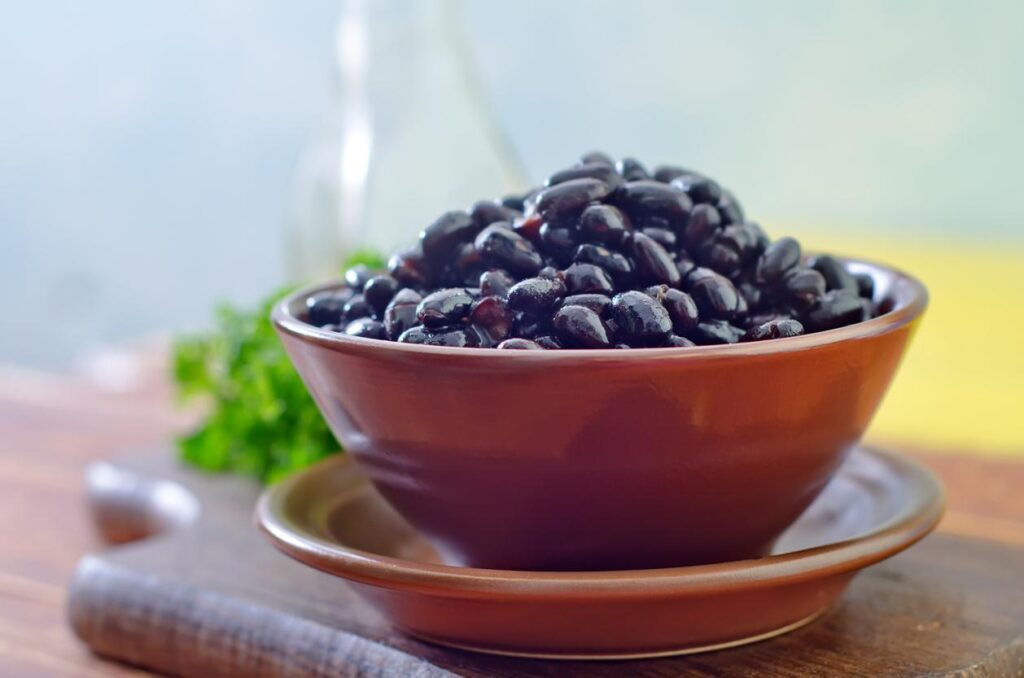
Beans, including black beans, lentils, chickpeas, and soybeans, are the nutritional cornerstone of nearly every longevity diet, making up the bulk of protein consumed by centenarians. In the Blue Zones of Nicoya, Costa Rica, and Loma Linda, California, a daily serving of beans or legumes is a non-negotiable staple. This is largely due to their high fiber content, which supports a healthy gut microbiome, and their rich supply of complex carbohydrates, B vitamins, and essential minerals like iron and folate. Eating about a cup of beans daily is linked to better heart health and a lower risk of certain chronic diseases.
2. Dark Leafy Greens
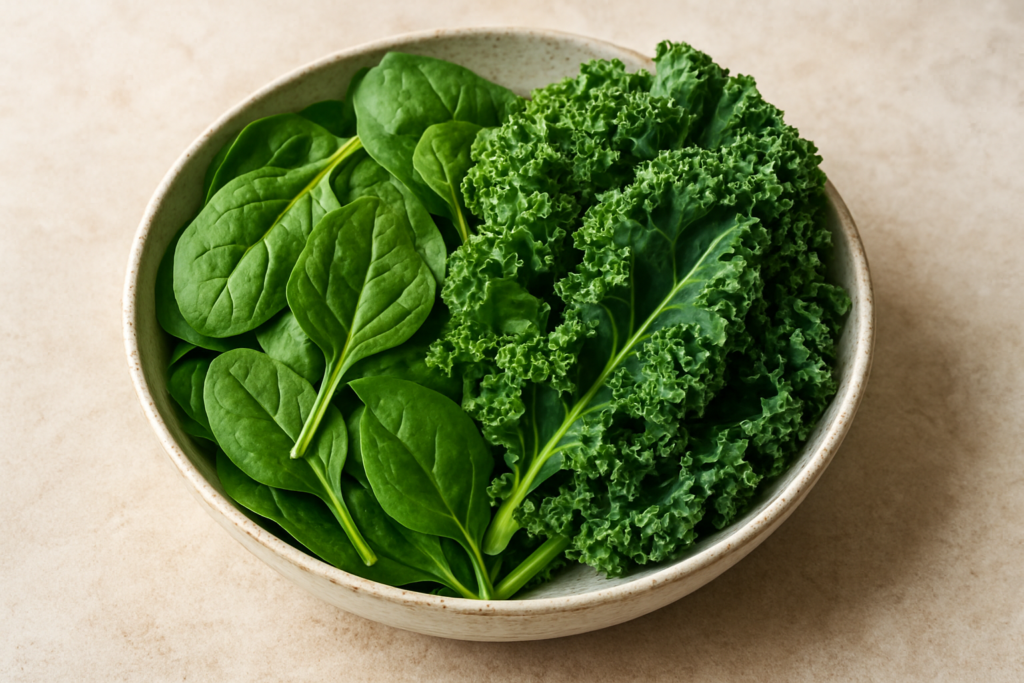
Leafy greens such as spinach, kale, collard greens, and Swiss chard are some of the most nutrient-dense foods in the world and are consumed daily in nearly all longevity hotspots. In Ikaria, Greece, people forage for and eat dozens of varieties of wild greens, often with ten times the amount of polyphenols found in red wine. These greens are packed with vitamins A, C, and K, as well as folate and powerful antioxidants like lutein and zeaxanthin, which are protective against age-related cognitive decline and eye diseases. Consuming them regularly is a simple, effective way to flood the body with disease-fighting compounds.
3. Whole Grains (Oats, Barley, Brown Rice)

Whole grains form a significant, consistent portion of the diet in long-lived populations, particularly those like Sardinia, Italy, and Ikaria, Greece. Unlike refined grains, these foods retain the entire grain kernel, the bran, germ, and endosperm, meaning they are excellent sources of fiber, B vitamins, and minerals like magnesium. Oats, often eaten as slow-cooked oatmeal for breakfast in Loma Linda, California, contribute soluble fiber (beta-glucan), which is scientifically proven to help lower harmful LDL cholesterol. Consumption of whole grains is directly linked to a reduced risk of cardiovascular disease.
4. Olive Oil

Extra virgin olive oil is the signature healthful fat of the Mediterranean Blue Zones, particularly Ikaria and Sardinia, where it is used liberally. It is rich in monounsaturated fats, specifically oleic acid, which is known for its powerful anti-inflammatory properties and its ability to improve heart health by reducing blood pressure. Furthermore, authentic extra virgin olive oil contains polyphenols, which are potent antioxidants that protect against oxidative stress and aging. People in these regions consume a significant amount of olive oil daily, using it to dress salads, cook vegetables, and dip bread.
5. Nuts and Seeds

Across all Blue Zones, snacking on nuts and seeds is a consistent, beneficial dietary habit, rather than an occasional treat. Almonds, walnuts, pistachios, and sunflower seeds are packed with healthy fats, fiber, and protein, making them an ideal, satisfying snack. In Loma Linda, California, walnuts are a particular favorite, valued for their high content of Omega-3 fatty acids, which support brain health and reduce inflammation. Studies on populations that regularly consume nuts, such as Adventists in Loma Linda, show a correlation with a lower risk of death from all causes.
6. Purple Sweet Potatoes (Imo)
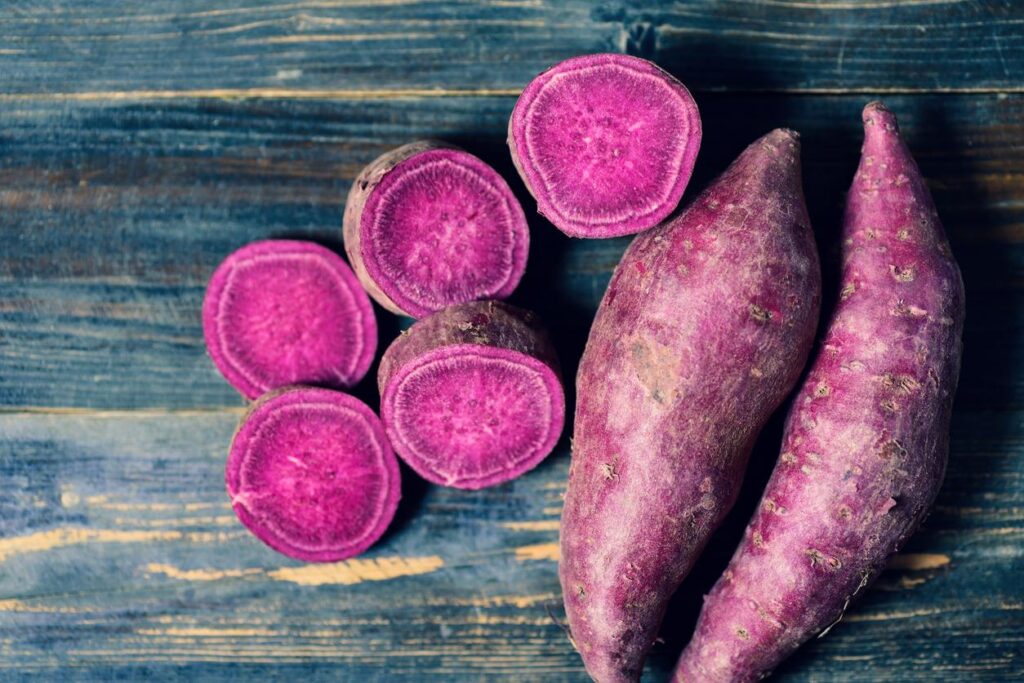
A staple food for the long-lived Okinawan people of Japan, the purple sweet potato, known as imo, is a low-glycemic vegetable that makes up a large part of their daily caloric intake. Unlike white potatoes, the purple variety is exceptionally high in anthocyanins, the powerful antioxidants that give them their vibrant color. These compounds are highly protective against cellular damage and may help reduce the risk of cancer and heart disease. The Okinawans traditionally eat imo steamed or baked, forming a nutrient-dense base for their meals.
7. Fermented Soy Products
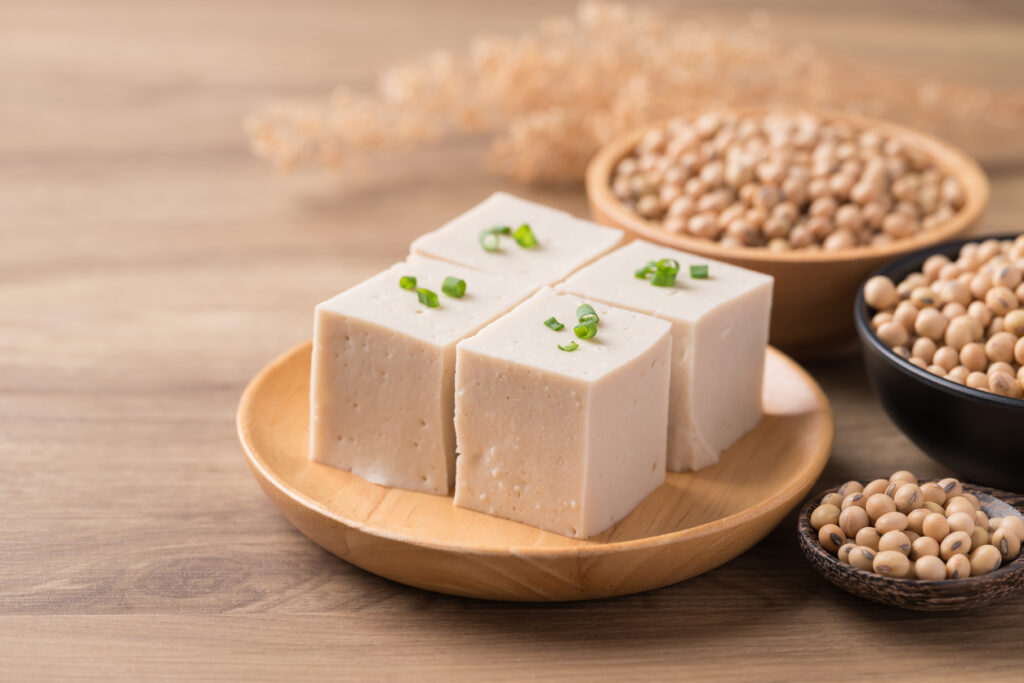
In Okinawa, Japan, fermented soy products like tofu and miso are eaten daily and are a key source of plant-based protein. The fermentation process increases the bioavailability of nutrients and generates beneficial probiotics that support gut health. Tofu, made from soybeans, provides isoflavones, compounds that mimic estrogen and are associated with a reduced risk of breast and prostate cancers. Miso, a paste made from fermented soybeans, is often consumed as a soup base, providing a consistent source of beneficial bacteria and savory flavor.
8. Seasonal Fruits

Fresh, whole, seasonal fruits are the natural dessert of choice in the Blue Zones and are often consumed as a source of clean energy and vitamins. For the Nicoyans of Costa Rica, antioxidant-rich tropical fruits like papaya, bananas, and oranges are readily available and consumed daily. Fruits provide dietary fiber, which aids in digestion, and a wide array of vitamins and minerals. Choosing fresh fruit over dried or processed sweets helps maintain a low sugar intake, a common denominator in all longevity diets.
9. Wild Herbs and Spices
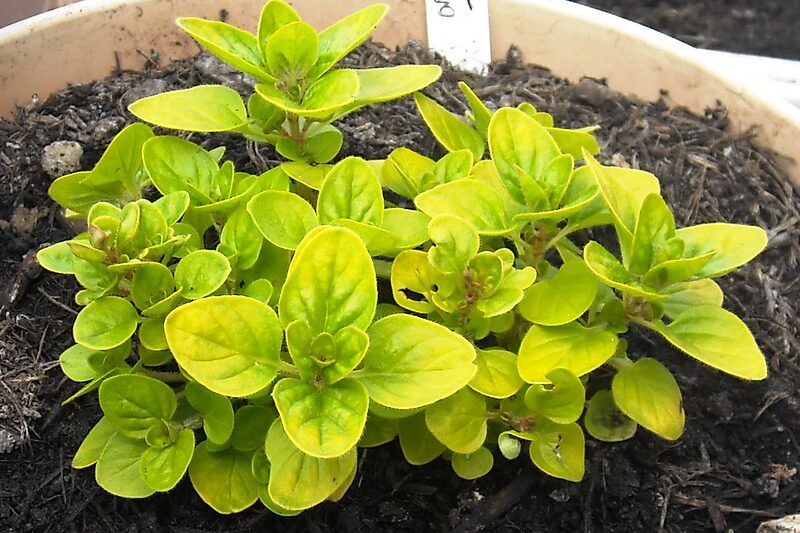
Centenarian diets are often richly flavored with a variety of herbs and spices, which serve not only to enhance taste but also to provide concentrated bursts of medicinal compounds. In Ikaria, Greece, rosemary, oregano, and sage are routinely used in cooking and brewed into teas. Turmeric, a spice common in parts of Asia, is known for its active compound, curcumin, which possesses powerful anti-inflammatory and antioxidant effects. Using these ingredients in place of salt or processed flavorings contributes to better overall health.
10. Garlic and Onions
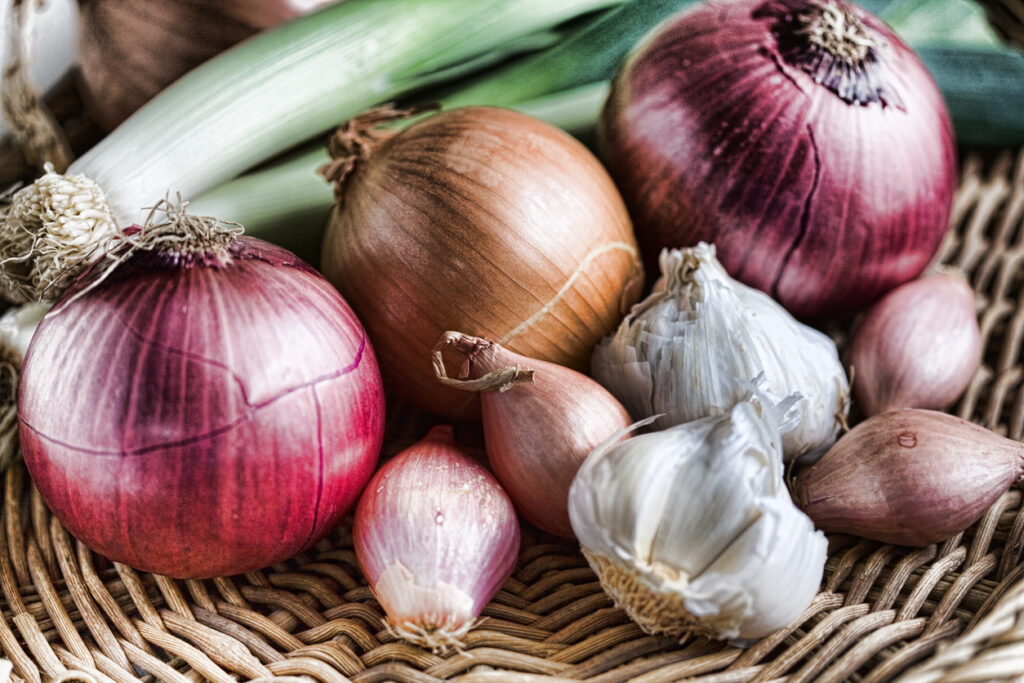
Both garlic and onions are members of the Allium family and are culinary staples across the Mediterranean and Asian longevity regions. They are renowned for their sulfur-containing compounds, which are linked to a reduced risk of several cancers and cardiovascular disease. Regular consumption of garlic, for example, is associated with a beneficial effect on blood pressure and cholesterol levels. They are typically sautéed in olive oil or added raw to salads, providing a potent and flavorful anti-inflammatory boost to almost any dish.
11. Sardines and Small Fish
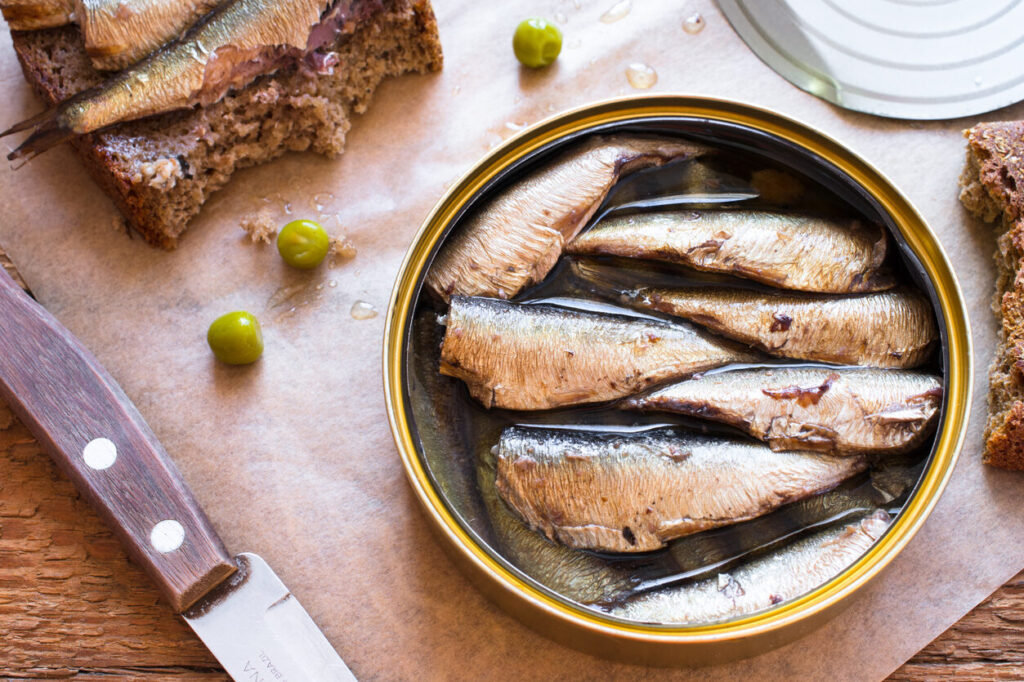
Fish, particularly small, middle-of-the-food-chain varieties like sardines, anchovies, and cod, are eaten in moderation, usually a few times a week, in coastal Blue Zones like Ikaria and Sardinia. These small fish are a phenomenal source of heart-healthy Omega-3 fatty acids (EPA and DHA), which are crucial for reducing inflammation and maintaining brain health. They are also lower in mercury contamination than larger, longer-lived fish. Eating these oily fish provides essential nutrients that support cardiovascular function and may reduce the risk of dementia.
12. Goat’s and Sheep’s Dairy

While dairy is generally limited in longevity diets, small amounts of products from goat and sheep, such as feta cheese and goat’s milk, are consumed in Mediterranean Blue Zones like Sardinia and Ikaria. These products, typically consumed in their whole form and locally sourced, are often easier to digest for some people than cow’s milk. Goat’s and sheep’s milk contain beneficial nutrients like calcium, potassium, and healthy fats, which contribute to bone density and overall health, particularly important for aging populations.
13. Whole Corn

In the Nicoya Peninsula of Costa Rica, a staple of the diet is whole corn, prepared using the traditional process of nixtamalization. This method involves cooking the corn in an alkaline solution, which significantly increases the nutritional value by making niacin (Vitamin B3) more bioavailable and enhancing the amount of calcium. The corn is then ground into dough to make fresh, whole corn tortillas, providing complex carbohydrates and fiber that are consumed daily, often alongside black beans.
14. Fermented Sourdough Bread
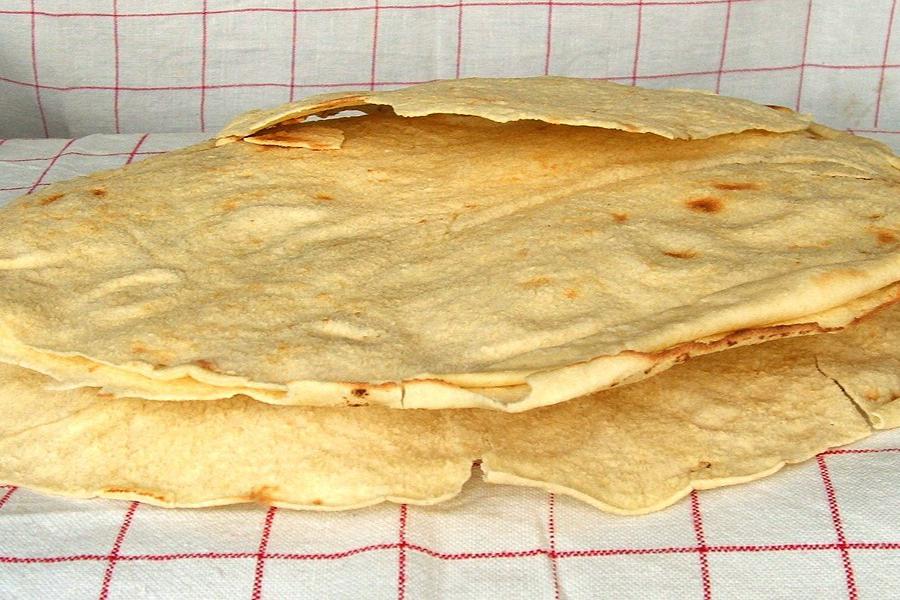
In Sardinia, Italy, the traditional bread is pane carasau, a whole-grain flatbread, or an authentic sourdough variety. The long fermentation process of sourdough helps break down gluten and phytic acid, making the nutrients in the whole grains more absorbable and the bread easier on the digestive system. This slow process also produces beneficial organic acids, contributing to a lower glycemic index compared to conventional processed white bread. It is consumed in moderation, often dipped in olive oil.
15. Herbal Teas (Green and Wild)
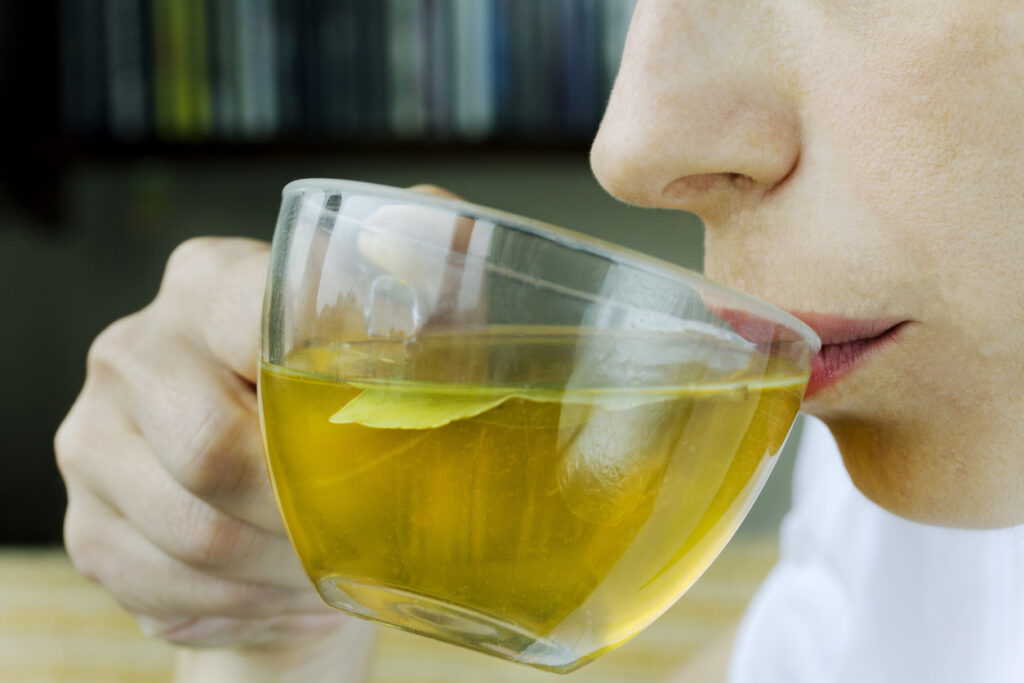
Various teas, particularly green tea in Okinawa and wild herbal teas in Ikaria, are the preferred daily beverage over sugary drinks. Green tea is renowned for its high concentration of catechins, a type of antioxidant that is strongly linked to reduced risk of heart disease and certain cancers. In Ikaria, teas are often brewed from local wild herbs like rosemary, sage, and oregano, which are rich in anti-inflammatory compounds. Drinking these teas throughout the day helps with hydration and provides a consistent flow of beneficial phytochemicals.
16. Potatoes (White and Starchy)

Potatoes, both white and sweet, serve as a calorie-rich base in several longevity diets, notably in Ikaria and among the Okinawans (purple sweet potatoes). They are energy-dense, satisfying, and consumed in their whole form, often with the skin on to maximize fiber. White potatoes, when cooked and cooled, develop resistant starch, a type of fiber that acts as a prebiotic, feeding healthy gut bacteria. This highlights that unrefined, whole-food starches are an important part of a long-term, healthy diet when not deep-fried or heavily processed.
17. Water

While not a food, pure, clean water is the foundation of hydration and is the primary beverage consumed in all longevity cultures. The Nicoya region, in particular, has naturally hard water rich in calcium and magnesium, two minerals that are vital for heart and bone health. Consistently choosing water, often six to seven glasses a day, over sugary drinks, sodas, and juices is a simple, non-negotiable step toward reducing calorie intake and supporting optimal bodily functions necessary for healthy aging.
18. Fermented Pickled Vegetables
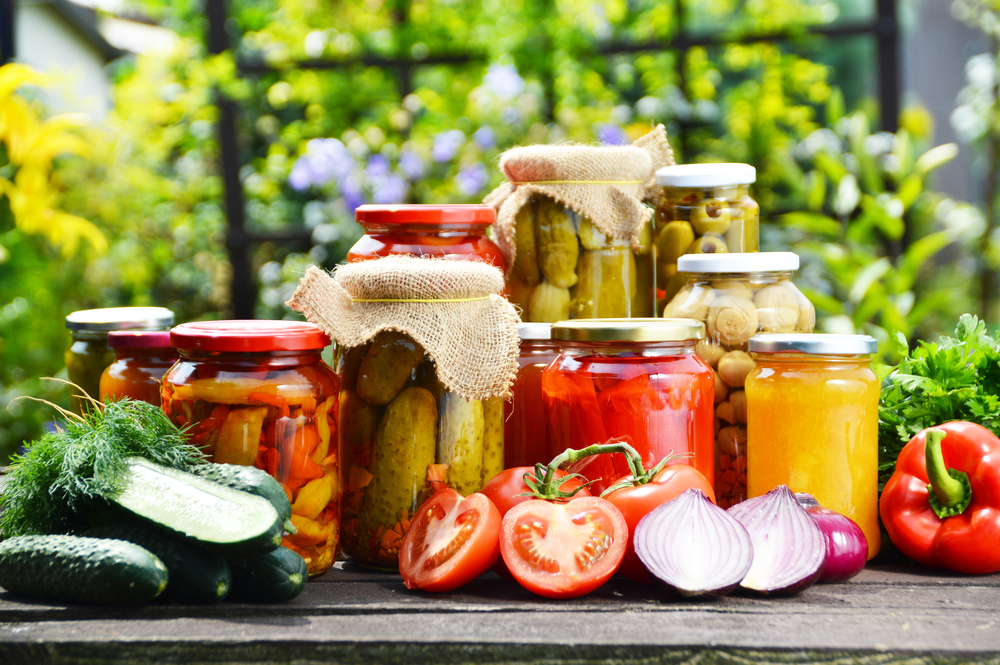
Across many Blue Zones, particularly during off-seasons when fresh produce is scarce, vegetables are preserved through fermentation or pickling. This practice not only extends the shelf life of nutritious vegetables but also introduces beneficial probiotics into the diet, greatly enhancing gut health. Consuming naturally fermented foods like sauerkraut or pickled greens supports a diverse and healthy gut flora, which is increasingly linked to improved immunity and mental well-being, both crucial factors in living a longer, healthier life.
This list confirms a simple, yet profound truth: a diet built on plants, minimal processing, and moderate consumption provides the best fuel for a long and vibrant life. Embracing these whole foods isn’t about restriction; it’s about enriching your plate with the powerful, natural goodness that has sustained the world’s centenarians for generations.
Like this story? Add your thoughts in the comments, thank you.
This story 18 Foods Common to the World’s Longest-Living Cultures was first published on Daily FETCH


